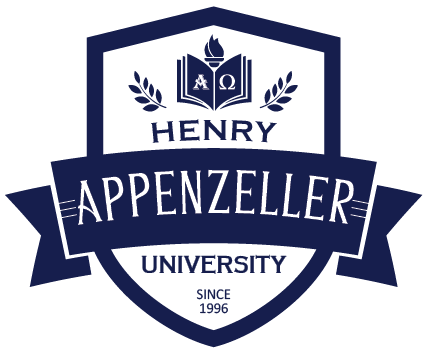HISTORY
The Early Stage: From the States of America to Korea
After Robert S. Maclay, an American missionary for Japan, met the Emperor of the Hermit Kingdom, and was allowed to found schools and hospitals. henry G. Appenzeller, the first Methodist(North) missionary, arrived at Jeamulpo port on the Easter Sunday 1885. The early mission was commenced with the founding of schools as such Baejae and hospitals such as Su hospital and Bogu Inn. The first baptized methodist, Sang, was a student of Baejae School. On 9th of October 1887, the oldest methodist Church in Korea was established.
The Methodist Episcopal Church in America and Episcopal Church, South agreed to work together and join into one and the same denomination in Korea. Symbolically, the first elected Bishop was Rev. Yang, JuSam and accepted female priesthood. 14 female missionaries were ordained. It shows how the Korean Methodist Church has been encouraging women participation in her mission and service for Korean people.
In 1974, the KMC embarked on the campaigning of “One Million Believers”, doubled the number of Methodist churches and succeed in Church growth along with Korea’s rapid economic growth. Since that time, the KMC actively took part in the World mission.
The Developing Stage: From Korea to the States of America
From the middle of 1960s, the States of America admitted immigrants from Korea. Along with the zeal for mission, millions of Korean participated in the tide of immigration to the land of new hope. The early settlers joined to the United Methodist Church, organizing the Korean United Methodist churches. Nowadays, there are almost 300 Korean United Methodist churches and another 300 Korean American pastors who are serving English speaking congregations including hundreds of Caucasian congregations.
However, the Korean immigrant churches gradually came to acknowledge the unbridgeable gap between the main stream United Methodist Church and our immigrant context and need for the Korean Church. For instance, the main line issues of the homo sexual, retirement fund, church politic, and etc are far from “Living Context” of Korean immigrants. They were suffered from cultural differences, generation gap, language barrier and racial issues. What are the biblical answers for them? In order to answer to such contextual needs, some Korean Methodist pastors organized a task force and came to a conclusion. Their answer was to organize a Korean language Annual conference. Yet, this idea was neglected by the governing body. Finally, 15 church leaders decided to establish an independent district and connect with their Mother denomination of Korean Methodist Church. In 1992, the pan-American District and In 1995, the Pan-American Mission Annual Conference was established and continuously grown up. Nowadays, this Annual Conference consists of 383 local churches, one seminary, two missionary bodies and two laity training centers.
The Pan-American Annual conference found the necessity of providing the pulpit service resource and decided to found a seminary. The general conference, consisted of 13 Annual Conferences, understood the need from the grass root churches and approved the Methodist Theological Seminary’s graduates to be ordained in 1999. Since that time, our School became the fourth approved seminary by the KMC.
An Envisioning Stage: From the States of America to the World
The Henry Appenzeller University will provide one of the best educational resources for the Korean immigrants and students from Korea who have a dream to study at hear and back to Korea to serve multi-cultural congregations in Korea. Furthermore, our geographical location has a strong sense of cultural sensitivity and lots of opportunities to contacting with various racial groups, especially, Spanish speaking people. For the future mission to the Spanish speaking world, our School located in the middle of Los Angeles will be the living seedbed for training of missionaries.
